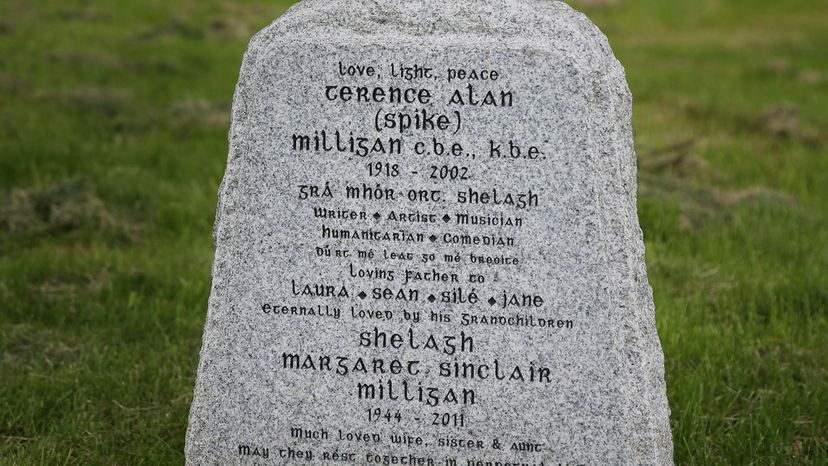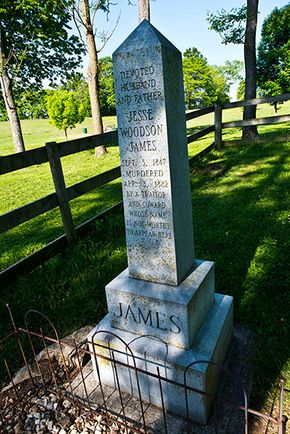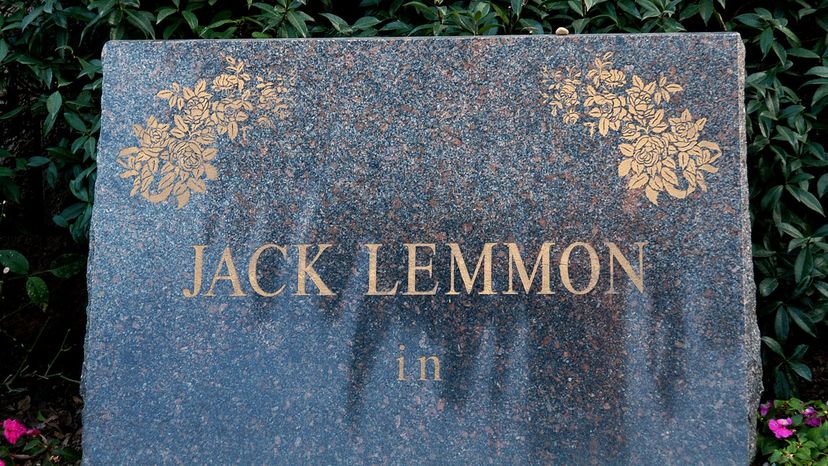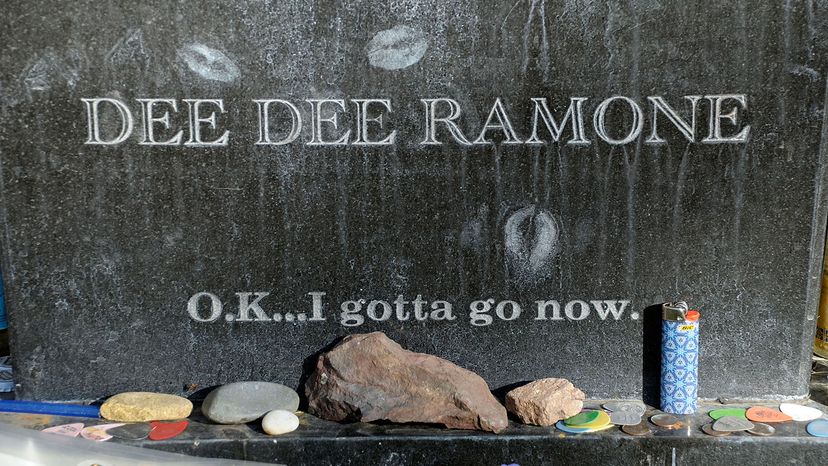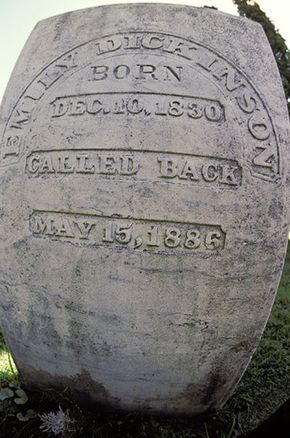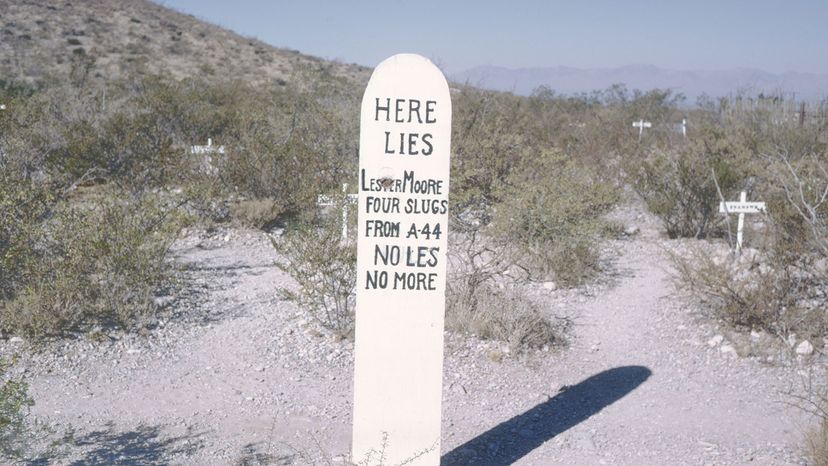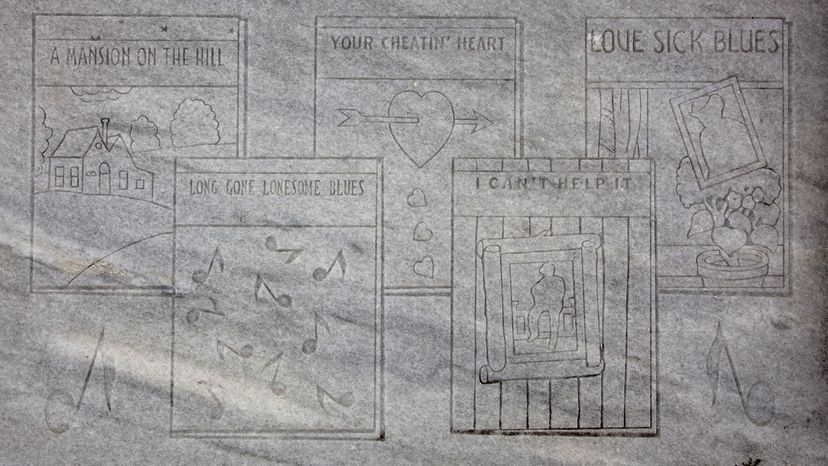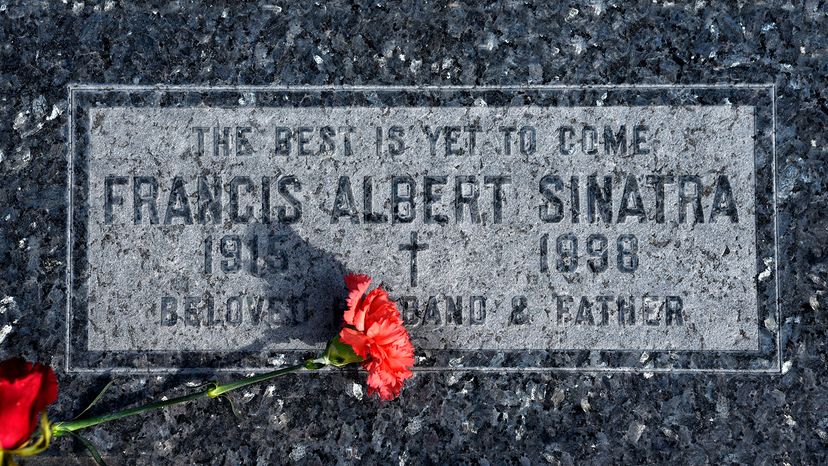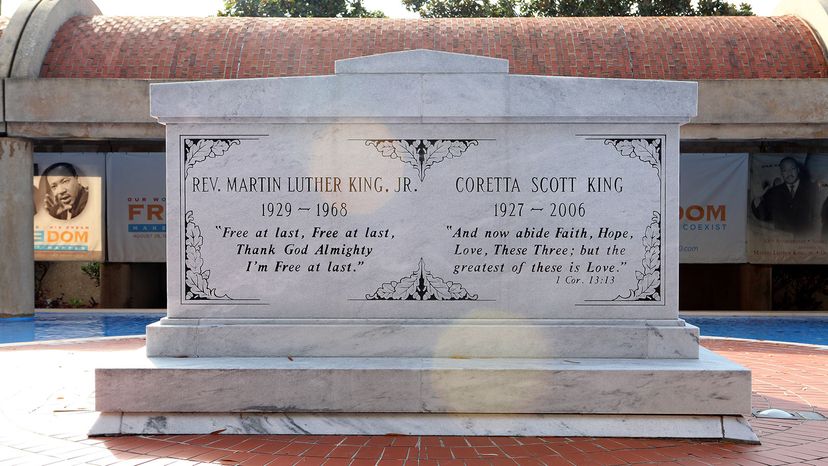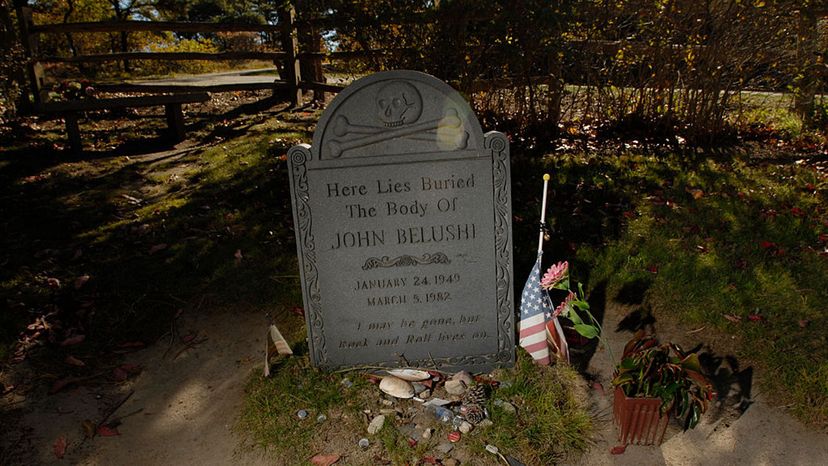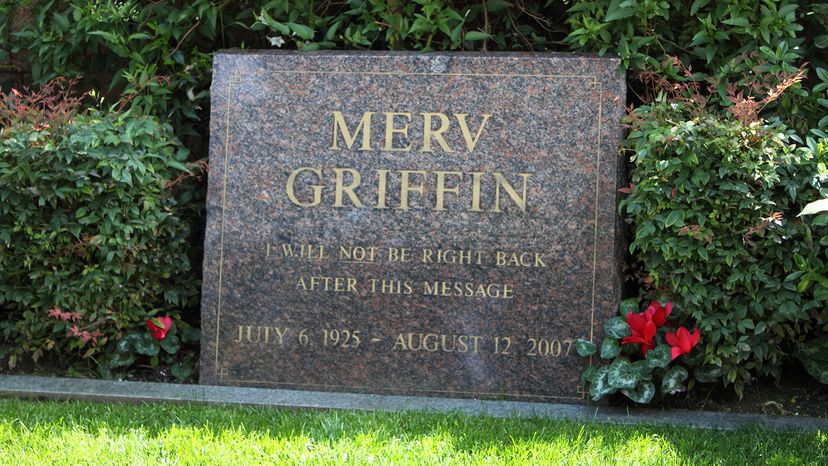
They might be 6 feet under, but a good epitaph means they'll never be forgotten. Some of the wittiest and most famous people who lived here on Earth left an equally memorable message on their tombstones to remember them by when they died. Many offer inside jokes and punchy observations about life and death; some don't contain words at all. Some of these epitaphs are momentous and others are hilarious — but all of them are near perfect representations of the persons buried beneath them. From Frank Sinatra to Jesse James, here lie 20 of our favorite gravestone inscriptions.
Advertisement
